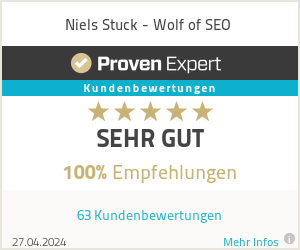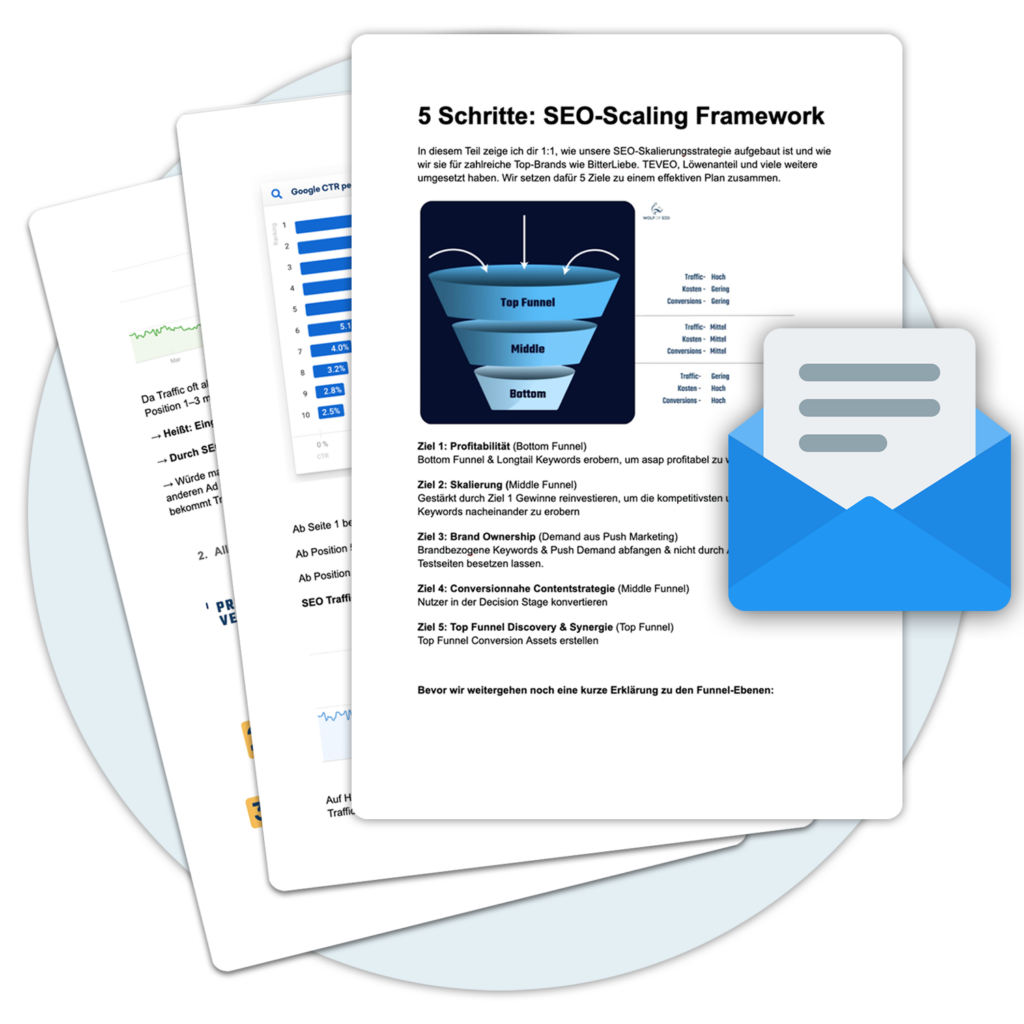When it comes to fighting copyright infringement on the Internet, the Digital Millennium Copyright Act (DMCA) comes into play. In this article, you'll learn how the DMCA takedown process works and what role Google plays in it.
What is a DMCA takedown?
DMCA takedown refers to a legal process used to combat copyright infringement on the Internet. The DMCA gives creators the right to have protected content removed from websites where it is being used or shared unlawfully. Google, as one of the leading search engine providers, responds to such takedown requests and removes the offending content from search results.
How does DMCA Takedown work?
If you believe that someone has infringed your copyrights, you can file a DMCA takedown notice with Google. To do so, you must provide certain information that proves you are the rightful creator of the content in question. Google will review the content and may remove or block it from search results.
The DMCA takedown process step by step
The DMCA takedown procedure refers to the "Digital Millennium Copyright Act" in the USA and provides a mechanism for addressing copyright infringements on the Internet. If someone believes that their copyrights are being infringed, they can initiate a DMCA takedown procedure to have the material in question removed.
Here is the DMCA takedown procedure step by step:
- Determine copyright infringement: Before you take any step, you should be sure that there is indeed a copyright infringement. It should be clear that you are the author of the content in question.
- First contact the website owner: Before you take formal action, it may be useful to contact the website operator directly and alert them to the violation. Perhaps it was an accident or ignorance, and the operator is willing to remove the content voluntarily.
- Create a DMCA takedown notice: If direct contact is unsuccessful, you must draft a formal DMCA takedown notice. This must contain certain elements:
- A signature (physical or electronic) of the copyright owner or authorized person.
- An identification of the copyrighted work that has been infringed.
- Identification of the material that is claimed to be infringing and that is to be removed.
- Contact information of the reporting party so that the service provider can respond.
- A statement that the notifier has a good faith belief that use of the material is not authorized by the copyright owner.
- A statement that the information in the notice is accurate and, under penalty of perjury, that the notifier is authorized to act on behalf of the copyright owner.
- Send the DMCA takedown notice: This should be sent to the designated agent of the hosting provider or the platform operator on which the infringing content was found.
- Waiting for an answer: After the notification is sent, the service provider should respond by removing or blocking access to the reported content.
- Possible Counter-Notice: The party that uploaded the offending content can respond by sending a "counter-notice" if they believe there is no infringement. If this happens, the service provider must inform the original complainant.
- Legal action: If no agreement is reached, the next step may be to take legal action.
In summary the DMCA takedown procedure allows copyright owners to take quick action against copyright infringement on the Internet without going to court. However, it is important to use this tool responsibly and correctly to avoid unlawful takedowns and possible legal consequences.
DMCA takedown use cases
Als SEO-Experte kann ich bestätigen, dass das DMCA-Takedown-Verfahren, obwohl es ursprünglich zum Schutz von Urheberrechten eingeführt wurde, auch in der SEO-Welt Anwendung findet. Es dient oft dazu, unlauteren Wettbewerb oder „Content-preventing "theft". Let's dive deeper into typical use cases:
- Stolen Content: This is the most common reason. Imagine you have published an extensive, well-researched blog article. A competitor simply copies it and publishes it on their own site. This is where a DMCA takedown would come into play to notify Google that the Content was stolen. If everything goes smoothly, the stolen content will be removed from the search results.
- Stolen images or videos: Not only texts can be stolen. It can happen that your own images, graphics or videos appear on another website without your permission. This is especially annoying if you have invested a lot of time, money and effort into creating this media.
- Illegal use of proprietary materials: This is especially true for online stores or service providers that offer specific, trademarked products or services. If a competitor uses your trademark, logo, or other protected content without permission, it's a case for a DMCA takedown.
- Negative SEO: Some black-hat SEOs might try to harm your rank in search results by copying and mass-publishing your content on low-quality websites. By spreading Duplicate Content they might try to devalue your original content in the eyes of Google. In such cases, the DMCA process can help.
- Themes and plugins: In the world of CMS like WordPress, there are many premium themes and plugins. Unfortunately, sometimes they are illegally downloaded and offered on other websites. Original developers can use the DMCA takedown procedure to stop such offers.
Summary: The DMCA takedown process is a powerful tool for content creators and website owners to protect their copyrighted works. It helps reduce unfair competition and ensure that the effort put into creating quality content can't be easily exploited by others. If you find that someone is using your content without permission, it's important to know that you have ways to fight back.
« Back to Glossary Index





